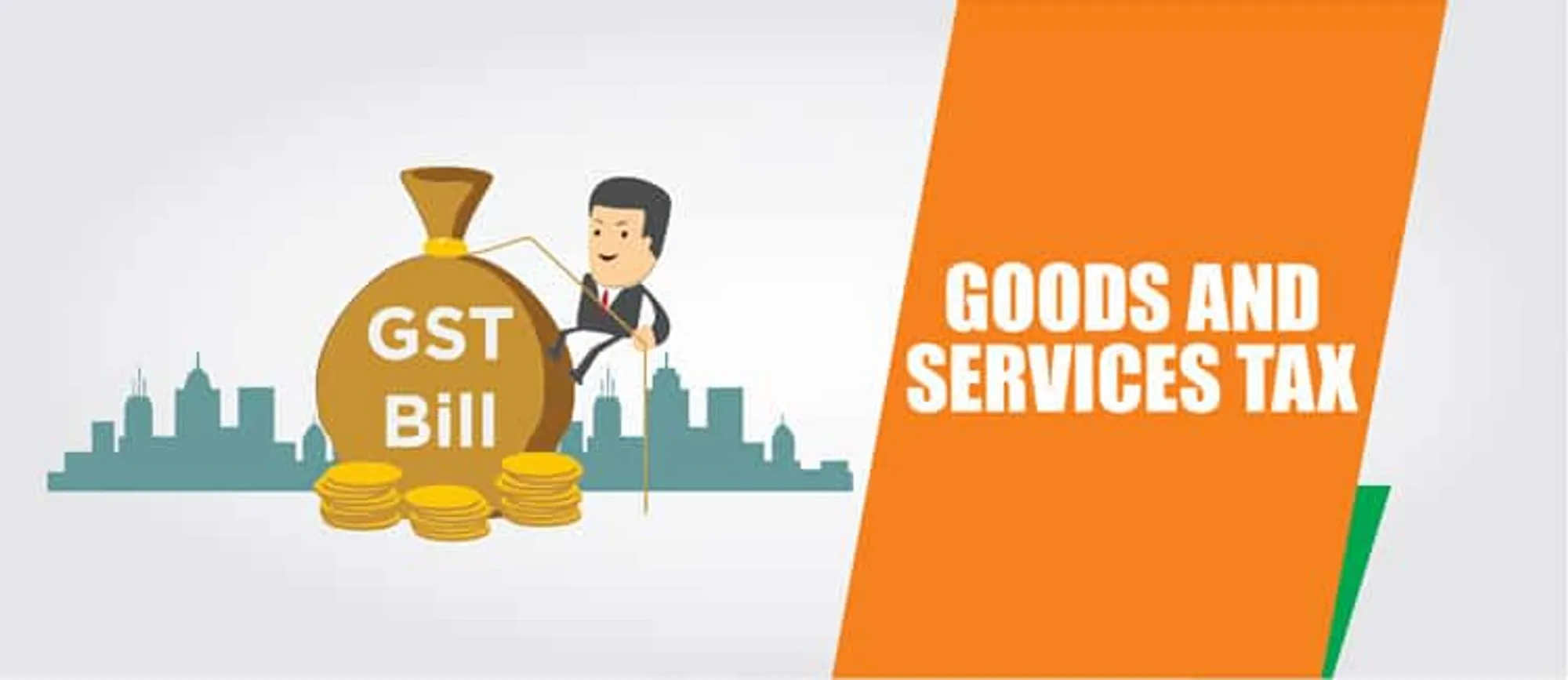The Indirect Tax system of India is incredibly complex because of the numerous types of taxes levied by the Governments both center and state on Goods and Services. For example Entertainment Tax for watching a film, Value Added Tax (VAT) for purchasing goods & services by the consumer. Taxes such as excise and import Duties, Luxury, Central Sales, Service and Entry Tax are few other taxes in the list.The Goods and Services Tax is a massive reform in indirect tax structure in Indian taxation system.
Many experts have therefore proposed that to resolve the problems of increased taxes it is required to streamline all indirect taxes and implement a “single taxation” system. This system is entitled to Goods and Services Tax or GST. This GST will be tolled both on Goods and Services.
In simple terms, GST is a tax that people need to pay while supplying or providing of goods & services.
The suggested GST model:
A twin GST system is cataloged to be implemented in India as proposed by the Empowered Committee under which the GST is divided into two parts:
- Central Goods and Services Tax (CGST)
- State Goods and Services Tax (SGST)
The benefits of the bill:
- The tax structure will become lean and straightforward.
- The whole Indian market will be an incorporated market which may transform into lower business costs. It can simplify the seamless movement of goods across states and reduce the transaction costs of activities.
- It is profitable for export companies as it will not be levied on goods/services transported abroad.
- Its implementation will yield long-term benefits. The flatter tax burden could translate into lower prices on goods for customers.
- The Suppliers, manufacturers, wholesalers and retailers can recover GST suffered on input costs as tax credits. This may decrease the cost of doing business, thus enabling reasonable prices for customers.
- It can bring more transparency and better compliance.
- GST implementation can control corruption. The fraction of departments (tax departments) will decrease which in turn may lead to less corruption and scams.
- More business persons will come under this banner of tax system thus widening the tax base. This may result in larger and increased tax revenue collections.
- Companies which are under disorganized sector will also appear under the tax scanner.
- The method of GST registration would also be made accessible, thereby improving the ease of starting a business in India.
- GST is assumed to have a positive impact on the Central and the State level.As per the latest reports, the introduction of GST would help India to gain $15 billion every year. Let us see how:
- Improved exports,
- More opportunities for employment,
- Enhanced economic growth, and
- Reduced burden on central and state government.
To conclude, GST is a single taxation system that will diminish the number of indirect taxes. The GST will replace maximum other indirect taxes and synchronize the differential tax rates on mass-produced goods and services.
The government of India maintains that GST will improve Indian GDP by 2%. With the implementation of GST, consumers will have funds to pay because of the lower tax rates. It can be stated that it will completely change the indirect tax system in India.

